Sendy Audio Peacock – Flagship Of Music
Sendy Audio Peacock is the latest headphone from Sendy Audio and it is priced at about 1500 USD at the moment of writing this full written review (USA), and 1750 USD (Europe after taxes). The main comparisons will be with Kennerton Thror (3000 USD), Audeze LCD MX4 (3000 USD), Rosson RAD-0 (2600 USD), Spirit Torino SuperLeggera (2000 USD), and Crosszone CZ-1 (2000 USD). We will also be having pairings with Astell&Kern SE180 (1500 USD), Analog Audio AAdac (4000 USD), Keces S3 (1300 USD), and Lotoo PAW6000 (1200 USD).
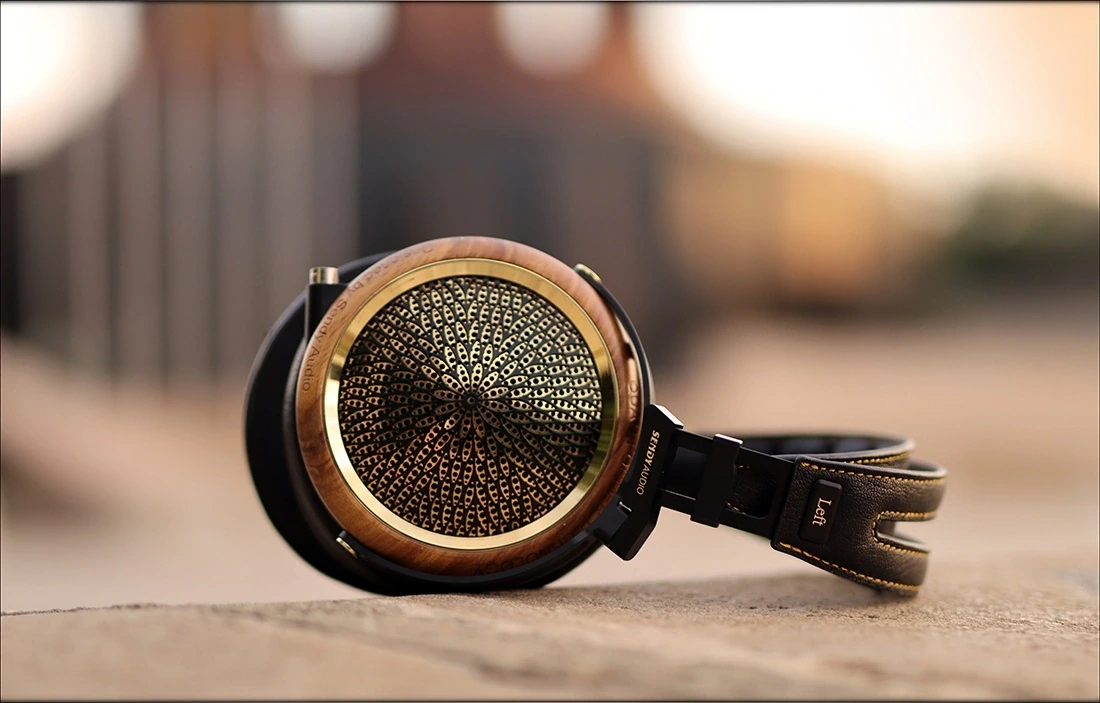
Introduction
While I never reviewed any headphone from Sendy Audio before, I did review headphones from their other sub brand, namely Sivga Audio, as they are pretty much the same two companies, led by the same people, and I was quite impressed by the performance delivery of both Sivga P-II and Sivga Phoenix, as they prove that they can provide high quality sonics at an affordable price. They decided to pursue the flagship market now, and I won’t take it lightly, so I decided to compare the Peacock with every other high-end flagship I reviewed to date, to keep things interesting. Peacock is highlighted by the magnetostatic drivers, which are basically double sided magnets with double coils, promising to offer better control and overall sonics than their simpler counterparts. Sivga Audio and Sendy Audio are reliable companies for sure, and some of the first companies to offer 4.4mm connectors on their cables by default, so I always watch their headphones with interest. You can think of them as pioneers in our audio world, opening doors to more exciting times, as more companies will need to follow the trend and improve their offers now. Overall, their products are reliable and they offer excellent, top notch warranty.
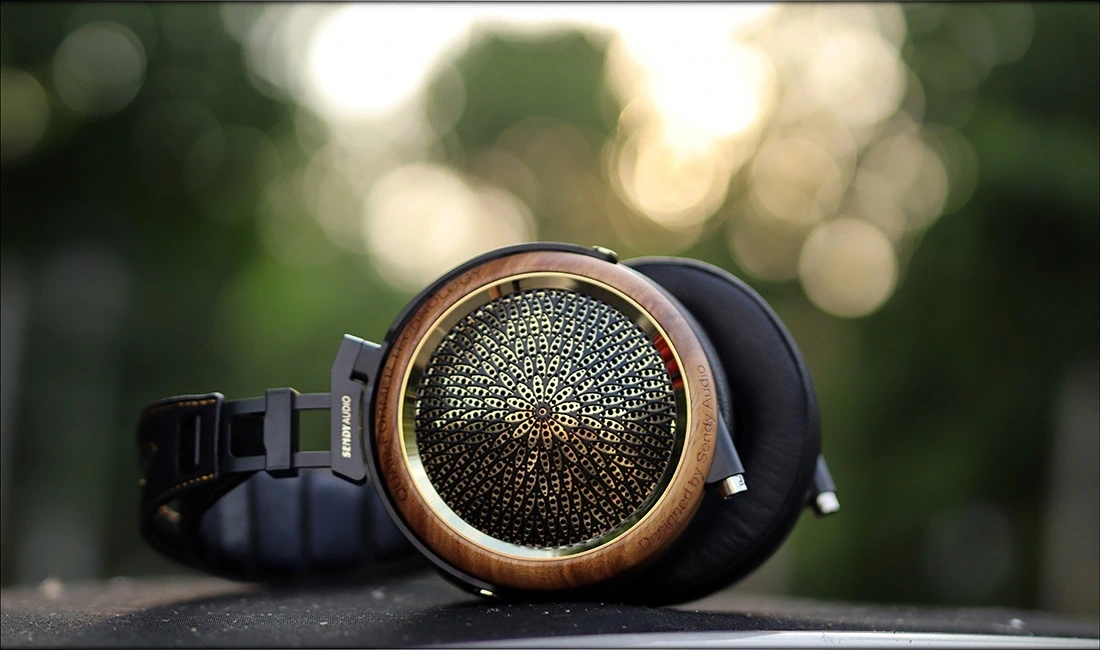
It should be noted that I have absolutely no affiliation with Sendy Audio, I am not receiving any incentive for this review or to sweeten things out. I’d like to thank Sendy Audio for providing the sample for this review. Every opinion expressed is mine and I stand by it. The purpose of this review is to help those interested in Sendy Audio Peacock find their next music companion.
Product Link
You can grab one from www.amazon.com here: https://amzn.to/3kOAkH6
If you’re in the UK, you can grab one from www.amazon.co.uk here: https://amzn.to/3ujKpz3
And if you’re from Europe, you can grab one from www.amazon.de here: https://amzn.to/2XXUdmN
Packaging
First things first, let’s get the packaging out of the way:
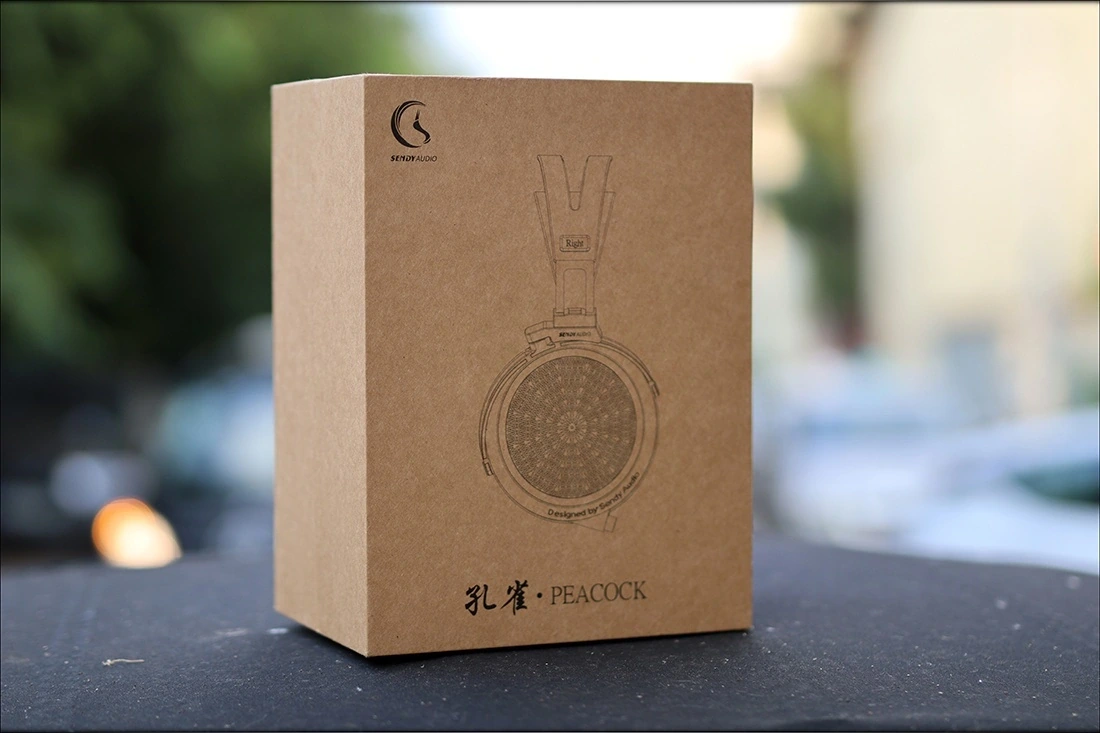
The package of the PEacock follows the same style as other Sendy Audio headphones, and we get a very basic looking outer package that is environment friendly, and inside which you basically can find the high-quality carrig case.
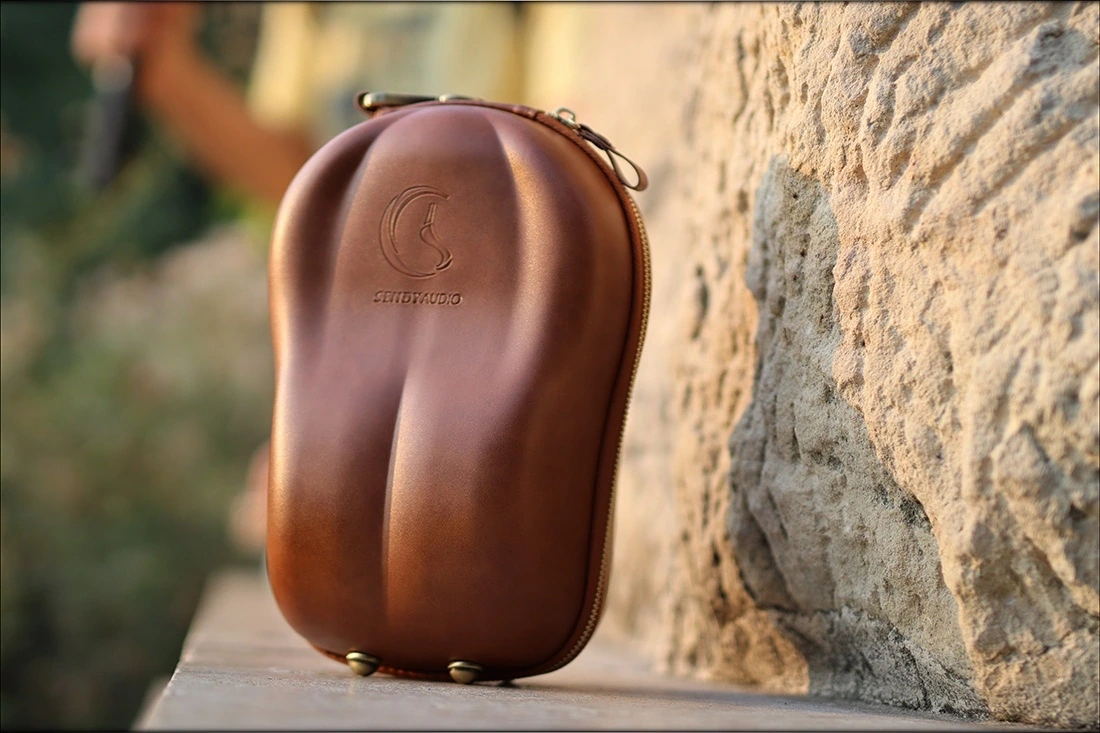
We also receive a high-end braided 2 meter cable, and adapters from 4.4mm, the default cable termination, to XLR and to 6.3mm connectors. Sendy Audio has warned me that I will be needing some serious power to drive their Peacock Headphones, so no 3.5mm Single Ended connector was included, but you can easily find a 4.4mm to 3.5mm connector out there.

The leather case is really nice, has that ergonomic shape, and is really hard, offering excellent protection for the headphones during transport. You can even store a high-end DAP able to drive them inside, while transporting them, inside that case.
Build Quality/Aesthetics/Fit/Comfort
I want to start by saying that those headphones are some really amazing looking ones, the aesthetics were not left out during the design phase, and despite Sendy Audio doing their best for the sonics, they really went all-out with the aesthetics too. The grilles on the headphones resemble a peacock feather model, and they are gold plated too. This may sound a bit like overdoing things, but it should help with the sonics too, as it should lower the overall distortion of the headphones too.

The cable is removable and connected to the headphones via self-latching connectors similar to the ones we’ve seen on Dan Clark Aeon Flow and other headphones before. This means that you should have no trouble enjoying the Peacock with aftermarket cables too if you want to flavor them a bit, but this time around, this is not only not necessary, not recommended either, as the default cable is ended in a 4.4mm termination and comes with adapters to XLR and 6.3mm plugs. You can basically connect the peacock to anything able to drive them out of the box, which is awesome to say the least.
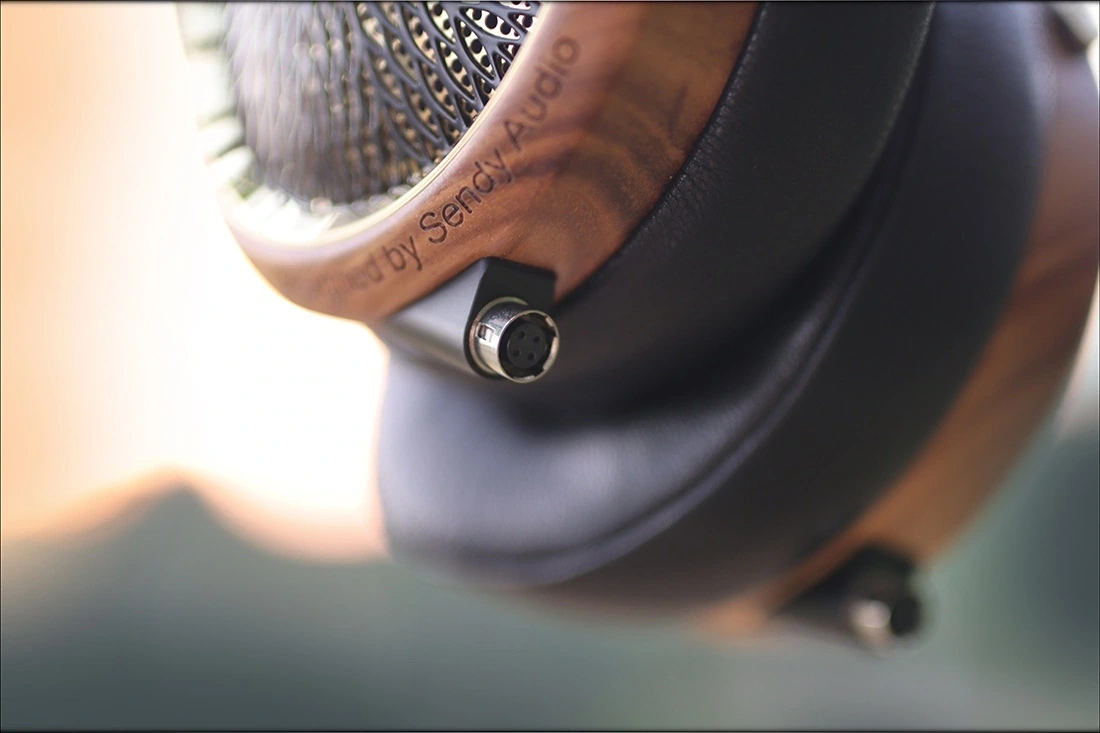
I can’t talk much about the tech inside, but the peacock is actually fairly hard to drive, and I got the best results using high-end sources like the Astell & Kern SE180, and Cyrus One Cast. They made me appreciate the extra stage and detail that comes with the SEP2 module of SE180, and you should be okay with other high-quality DAPs too, like Lotoo Paw 6000, iBasso DX300 and the like. Desktop equipment works too, like Wells Milo, Mytek Brooklyn DAC+, and Feliks Euforia, but I personally like to find the best balance of convenience and quality, since Peacock can be driven from portables on 4.4mm.
Now, the headphones are really well made and the adjusting mechanism is really nice, hard to move around, so they will stay as you place them. The earpads are high-quality and somewhat hard to the touch, rather than soft leather. This means that they should survive better to heavy usage, and I’ve been using the Peacock for at least a month now, taking them outdoors and using them portably too, to test their resilience. There’s not a single scratch on them, and even the wood has been treated with high quality lacquer to make sure you’ll have beautiful cans even years after purchasing them. The fit is excellent, and they are lighter than most Audeze Headphones, all while having large earpads, and they are perfectly comfortable for my ears.
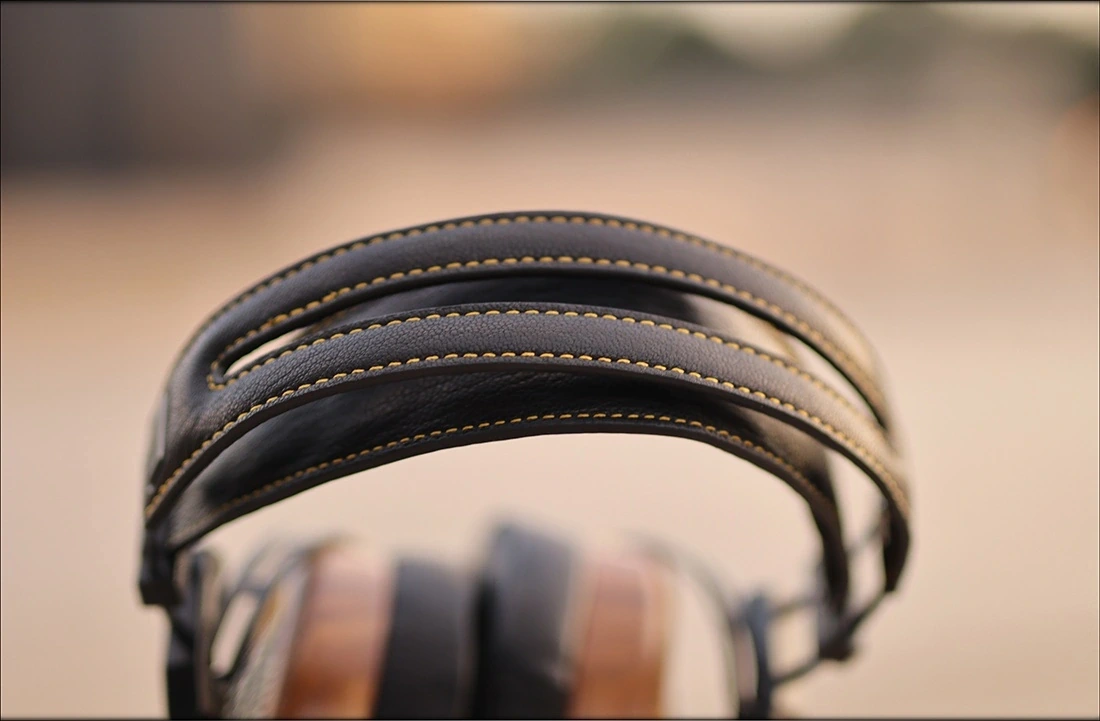
I noticed some talk about how measurements do not reflect the audible signature entirely, and the reason for this is that it takes some adjusting and some time for the earpads to soften and fit to your head. The bottom part of the earpads tends to create a proper seal about 5 minutes after initially placing them on your head, and that is when bass also gets much better and when the whole sound gets to its intended performance. Basically, they sound great but are harder to measure properly.
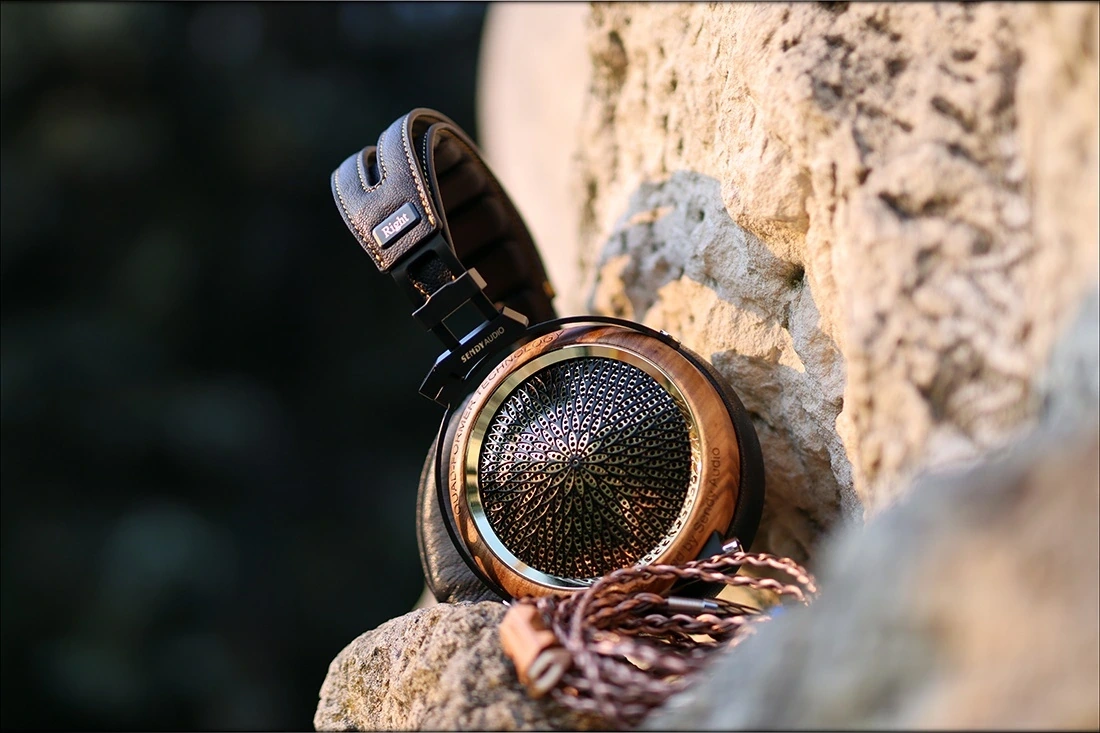
As far as the materials go, we have metal, leather, and wood, flagship quality all around. The headband also does an excellent job at distributing the weight of the headphones on your head so you always feel comfortable with no weight hotspots. Although the Peacock is open back, it isolates somewhat from the outside noise, and they leak far less than most open-back headphones like HIFIMAN He400SE and Sundara, or Arya. In fact, I would go as far as to name the Peacock Semi-Open rather than open.
Sound Quality
The overall signature of the Peacock can be described as extremely detailed, clean, heavy, impactful, dynamic and natural. They are made for both detail and overall sonic enjoyment, and you will hear details you haven’t heard before, but those won’t be forced and the Peacock won’t get fatiguing, rather having a beautiful sound, something that should mesmerize the listener, like the feathers of a peacock mesmerizes their partners. There’s plenty of impact and plenty of dynamics, and if you drive the Peacock properly, they will grow on you, becoming your main headphone really soon. At times, it feels like they learned everything from all the headphones I previously reviewed, and the company tried to bring the advantages of every other flagship, all while leaving the drawbacks behind.

As Sivga / Sendy Audio presented, they are hard to drive, and if they are underpowered the sound won’t reach its full potential. I applied about 100 Hours of Burn-In, as I wanted to make sure that they are primed for review, regardless whether one believes or not in burn-in.
We receive a deep and nuanced bass, which has excellent presence and can deliver a devastating blow when itr is called for, but which is never too much unless called for. This is important, because while I love the thick and bassy presentation of Rosson RAD-0, they are never honest to the recording or truly universal. In this sense, Peacock sounds much better, and they do sound universal, there’s not a single part of their sound that’s too exaggerated, and the bass makes no exception, it is a clean, fun, deep, and impactful bass that comes as much as the song calls for it.
The midrange first surprises us with the dynamic, punchy and fun presentation. Voicing is beautiful, musical, and there is a nice transition from the deep and nuanced bass to an even more nuanced midrange, presented emotionally, perfect for both male and female voices. The sweeter and more emotional the voice, the more I love listening to it with the Peacock. It is really easy to pick and name every instrument from a song, but they are all blended smoothly together, and iot is really easy to tell whether something is playing at the front or behind the listener. I love the fact that the Peacock has a natural soundstage as it is really easy to imagine yourself standing in the middle of the song, to hear everyone singing around you, and not because they are placed too tightly with you, but because Peacock has a good amount of forwardness in the mids. Guitar riffs are really textured, clean, but there is enough texture to give life to piano keys and villains, without making EDM too grainy.
In fact, now that we reached the treble, I would be willing to say that the Peacock is entirely grain-free and the treble has a smooth texture, although the presentation is quite edgy and there is enough top end bite to hear the cymbals. In most songs you do have to focus a bit, and the treble is not too much, you should never feel like the Peacock is fatiguing. This being said, the upper midrange and lower treble have a bit more emphasis and you can hear when the artist wanted the song to be a bit brighter, and when they wanted to make it smooth.
Comparisons
The comparison list includes most of the flagships I reviewed to date, and some of the flagships that I feel Peacock learned from, so I decided to include comparisons with Audeze LCD-MX4, Crosszone CZ-1, Spirit Torino SuperLeggera, Kennerton Thror, and Rosson RAD-0.
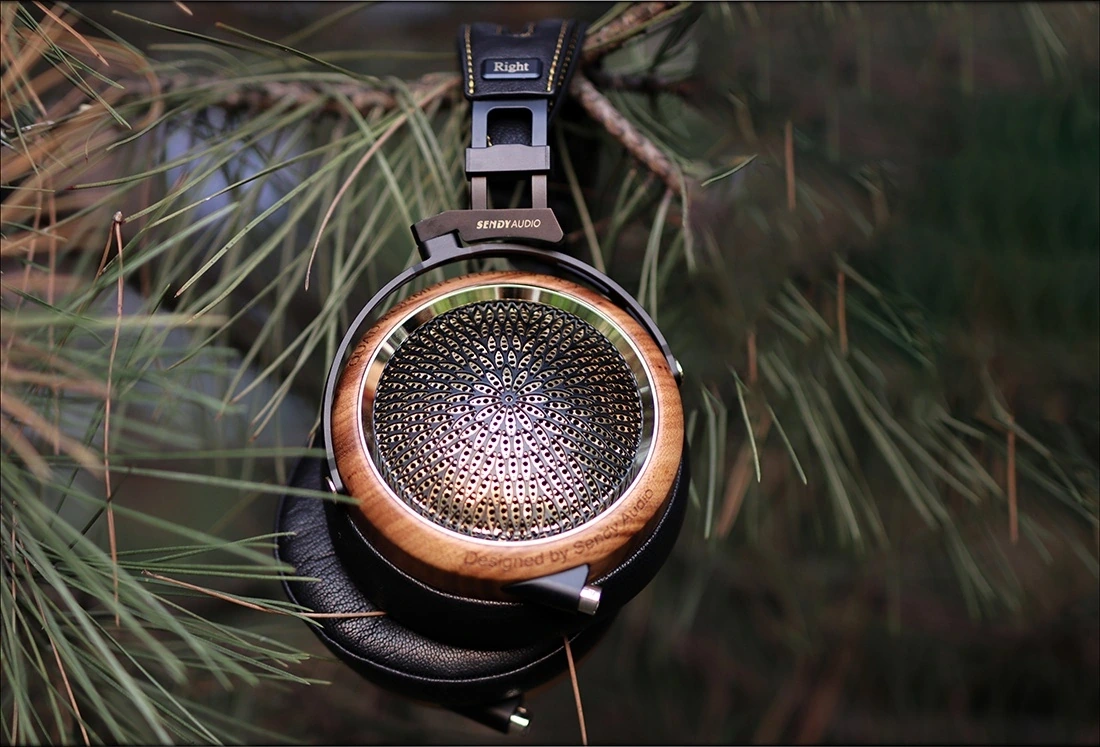
Sendy Audio Peacock vs Audeze LCD MX4 (1500 USD vs 3000 USD) – I think it is a bit unfair to start with what is probably the most competent competitor of the Peacock, but MX4 is a mastering headphone, and one that has been dearly loved by both music enthusiasts and music producers all over the world. It was also one of my first serious reviews, so I had a lot of fun with it. Both are open back headphones, and both are a bit heavy in the end, but MX4 is quite a bit heavier than the Peacock. The Peacock is lighter, more comfortable, and also has a better default cable. The sound of the Peacock is more natural, more naturally textured, with more overall dynamics. MX4 is more focused on details, has more focus on the lows (not necessarily sub lows), and a thicker, smoother sound, where the Peacock sounds more dynamic, more natural, more peppy and open in the treble, more sparkly, and more detailed in the treble and midrange. The bass of the MX4 tends to be fuller, but chokes a bit in the sub-lows, where the Peacock seems to have a more healthy extension. MX4 sounds bassier thanks to the higher amount of bass. Peacock sounds more snappy and natural overall.
Sendy Audio Peacock vs Crosszone CZ-1 (1500 USD vs 2000 USD) – We also have wide sounding headphones like CZ-1, which are by far some of the most convincing headphones that we’re not even listening in a room anymore, so you can go thinking you’re in an open hall, listening to a live concert. The only downside is that when comparing the two, the comfort is easily noticeable to be better on CZ-1, if you’re staying at home, while for moving, the tighter fit of the Peacock is much more welcome. The default cable is better on the peacock, with 4.4mm balanced connectors from the factory too. The overall sound is lighter, more airy, more wide and more dispersed on CZ-1. The overall presentation of the Peacock is far more balanced, more natural, more punchy and more dynamic. Both are hard to drive, but the peacock is a bit easier to drive, being ok from most high-end p[ortables, where you pretty much need a high-end DAC/aMP for the CZ-1. I really enjoy the peacock daily, while CZ-1 is something you generally dust off and use for a large concert experience, and even their CZ-10 is a more versatile headphone for a normal listening experience.
Sendy Audio Peacock vs Spirit Torino SuperLeggera (1500 USD vs 2000 USD) – We have two flagships here, one made in Italy, Europe, and one made in China. You would normally argue that the Chinese one has better value, and generally products made in China do have better value for the money, but Spirit torino managed to make something really special with their headphones, as they brought the art of creating headphones to an artisanal level, both in build and looks. They are most certainly more appreciated locally, but Sendy Audio is slowly gaining ground even in Europe, it is more comfortable, more versatile, and it also looks really good. The overall drive factor is easier on the Peacock, they are easier to drive, where SuperLeggera needs a better, beefier and more controlled source to sound good. I would say that the default cable of the Peacock is better, but SuperLeggera comes with more cables, all high-end, so it is more of a tie here. Peacocks are more comfortable on the head and ears, but they are also heavier, and take more space. They do come with a carrying case, where SuperLeggera does not. The overall sound is much warmer, more musical on SuperLeggera, where it is more controlled, more dynamic, punchy, and more casual, more versatile on the peacock. The bass is deeper on the Peacock, the mids are more natural, and the treble has more extension. The way SuperLeggera paints the mids is more romantic and warmer, thicker, and more romantic, but Peacock is clearly the more natural presentation if you’re looking to paint a more honest picture.
Sendy Audio Peacock vs Rosson RAD-0 (1500 USD vs 2600 USD) – We have two proper high-end flagships, and I am willing to say that both are comfortable, similar in build quality, but Sendy Audio placed a better cable in the package of the Peacock. The sound is far more smooth, deeper and thicker, more bassy on RAD-0. By comparison, Peacock sounds much more extended in the treble, with more bite, more sparkle, more soundstage width, better overall resolution, especially in the midrange, and more texture in music. RAD-0 is much smoother, has more sub-bass, and everything played through them sounds happy, sweet and lush. I would say that in general, if you want to hear the smoothest headphone out there, RAD-0 is it, it is the deepest, smoothest, warmest high-end flagship, while Peacock is a really good balanced of everything, from musicality, character, openness, clarity and dynamics. They end up being equally punchy.
Sendy Audio Peacock vs Kennerton Thror (1500 USD vs 3000 USD) – We are at the final comparison I want to draw, which is between the peacock and the most expensive russian flagship headphone I know of. It is quite clear that the price difference is huge, but the actual package has a carrying case and a better cable for the Peacock, like with most of its competitors… The overall headphone is more configurable for the Thror, as you have multiple screws, but the actual comfort in the end is far better on the Peacock and easier to achieve. Both headphones have the problem of the bottom part breaking the seal first, the earpads feel eerily similar. Thror is heavier, Peacock Lighter, Peacock is easier to drive and to drive well, which is excellent because for Thror you can’t use most portables as well. The sound is far more neutral on Thror, with more treble sparkle, less bass and sub-bass extension, a less warm and brighter sound, and with a more technical presentation. The Peacock ends up sounding more musical, warmer, smoother, more natural, with more bass and sub-bass, more dynamics and is more fun to listen to, more versatile, where Thror sounds more analytical and makes it easier to notice certain details. The maximum level of detail is comparable between the two. Something like HIFIMAN He6SE may have a bit more technical ability and detail than either in actual resolution, but it was held back too much by build, too hard to drive, comfort, and package, to be included in the comparison list.
Pairings
Today’s review wouldn’t be complete without some pairings, to give you a rough idea about driving the peacock and how to get the best performance out of them. For this, I have chosen Astell & Kern SE180, the source I’ve been using them the most with (since both are rather recent products and I had to offer booth good ear time to understand them better), but also Keces S3, Paw 6000 from Lotoo, and AAdac from Audio Analog.
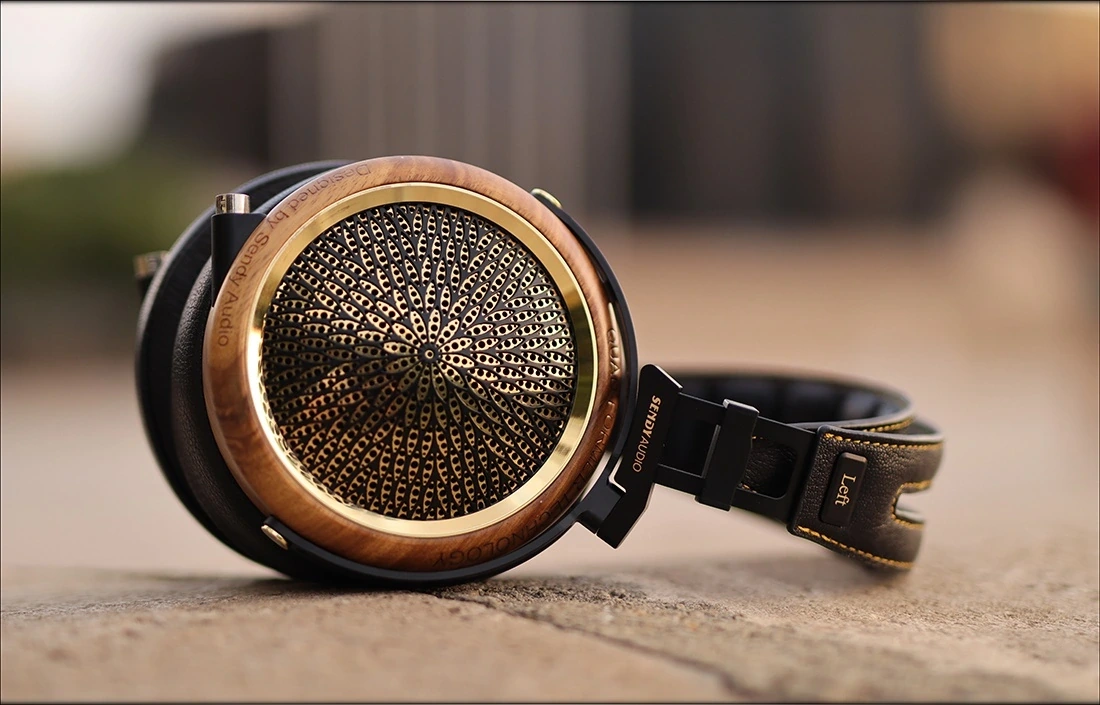
Sendy Audio Peacock + Lotoo Paw 6000 (1500 USD vs 1200 USD) – I always and I mean always wanted a high-end DAP with touchscreen, but with excellent sonics and which doesn’t rely too much on Android. I dislike Android on music players because it tends to distract a bit from the music experience, so PAW6000, like SE180, makes an excellent option for those who want to enjoy music hassle-free. The overall sonic presentation with PAW6000 is softer, more mellow, more musical, and more gentle than with the other sources. This turns the Peacock really emotional, and it is shocking to listen to some villains and sad songs with the pairing, but it isn’t the deepest pair, so for EDM and Rock, the more gentle sound won’t cut it, as long as you’re here to headbang. If you want to cry and feel all the emotion in your music, this pairing is it.
Sendy Audio Peacock + Keces S3 (1500 USD vs 1300 USD) – You get a warmer and thicker presentation from S3, but for those who feel like the treble of the peacock is a bit too much, maybe a bit shouty and a bit strong headed, then Keces S3 will tame them and give a smoother, more musical sound. This is not the only thing, and this pairing has what I would be willing to call the most organic sound, although it does not have the most technical one. I also enjoyed the overall versatility, since you can use the included adapter for the XLR output of the S3, and we all know it does sound better on the XLR Balanced output than it does on the Single Ended one, this pairing allowing it to truly shine in the most colorful presentation it can have.
Sendy Audio Peacock + Audio Analog AAdac (1500 USD vs 4000 USD) – This is another combination where I could notice new things about the Peacock. AAdac is one of the most dynamic sounding DAC/AMps out there, and despite it being made and intended for desktop guys, it is able to deliver a truly unbelievable punch on the headphone output as well, and well, this is one of the pairings with the most dynamics. The bass is lower in quantity, and it results in a quicker and more snappy sound, paired with a wider soundstage and a brighter presentation. Works well if you ever felt that the Peacock is too warm and thick, but also gives introspection into how much the source can change the sound of a headphone.
Sendy Audio Peacock + Astell & Kern SE180 (1500 USD vs 1500 USD) – I only recently learned that I love the SEP2 module more than the original one, and quite a bit. With that big fire going off at AK or Asahi Kasei factory, most DACs nowadays are provided by ESS, and this isn’t a bad thing entirely, but you will notice that the SEP2 module is not only a bit brighter, but more open, and more textured too. This pairs well with Peacock because Peacock is usually fairly smooth and musical, adding a bit more bite to it is essential to make them as detailed as possible. I also am willing to say that as far as portables go, anything with a 4.4mm would do really well, but SE180 is in top 3 DAPs that can drive the Peacock. The other two are PAW6000 and DX300, but SE180 is the most musical, deepest and most dynamic one. It is also the one I crank the loudest, and has the least effective EQ, so I enjoy it as it is. It makes the best source I can recommend portably, as far as sonics go. If you want to learn more about it, please check my review on it, it is quite unique as far as DAPs go.
Value and Conclusion
Sendy Audio is surely threading on risky ground by pricing their latest headphones at 1500 USD, but they delivered more than most companies manage to deliver even when asking double the price of the Peacock, from top to bottom, aesthetics to sonics to build quality, to the overall quality of the headphone. This means that you’re totally entitled to think that they took a risky move, but you should keep in mind that Peacock has an excellent value, they are not the kind of headphone you buy and forget, ro ever want to change, and if they click with you, you won’t be looking for an upgrade for quite a while.
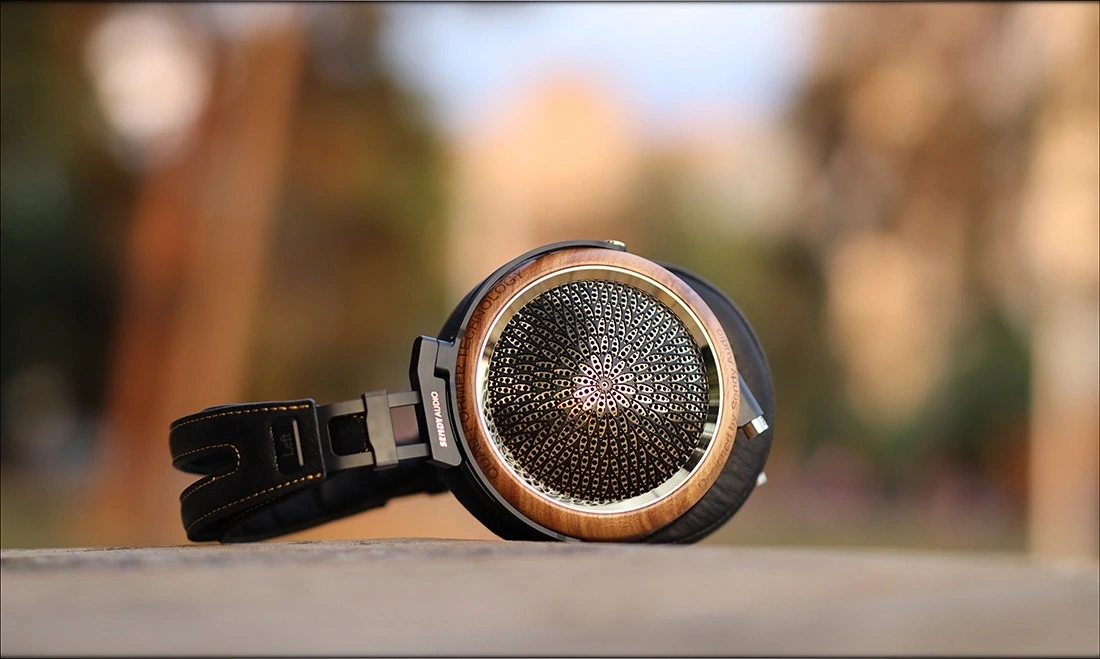
The overall package is really nice this time around, and the default cable of the Peacock is excellent, braided high quality stuff, not the default cable we usually see with headphones. We also receive adapters to use the Peacock with pretty much any amplifier, DAC or portable player, and although you’ll probably have to coil the 2 meters of cable around your neck to take them out portably, it will be worth it, if you get to enjoy this kind of quality on the go.
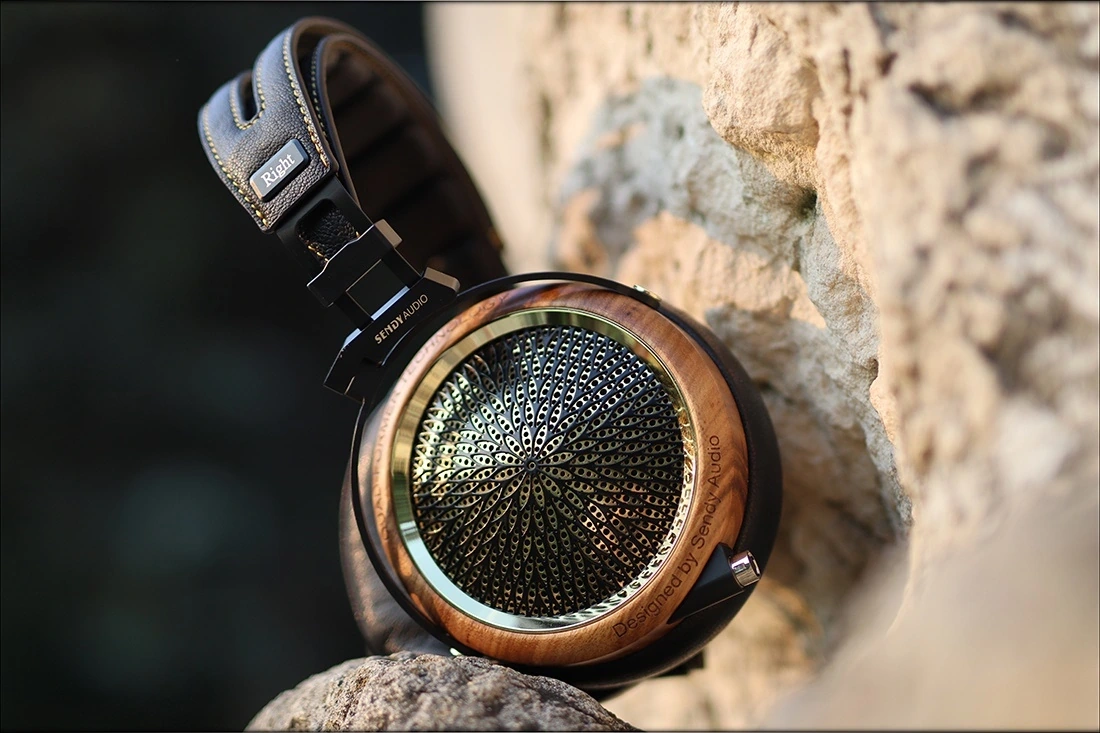
I will add the Peacock to Audiophile-Heaven’s Hall Of Fame for sure, and there are products, even expensive ones that wouldn’t get this chance, but the peacock does, I really enjoy its sonics, and for the time being I can consider it a worthy end-game headphone for many folks out there, something you won’t feel like giving up soon.
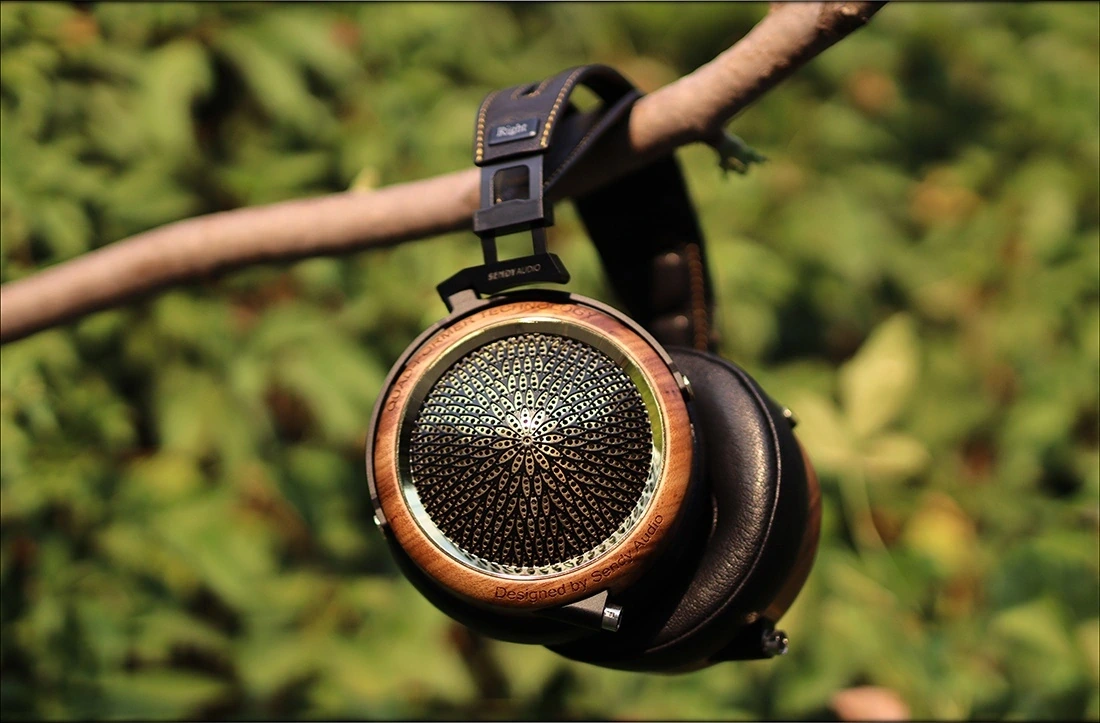
At the end of today’s review, if you’re looking for a natural, slightly warm, deep, dynamic and punchy headphone with a good amount of treble and a nice soundstage, excellent separation, good comfort, build quality and a nice balanced cable, then Sendy Audio Peacock is a perfect choice, and one of the best headphones I can recommend to you.
Product Link
You can grab one from www.amazon.com here: https://amzn.to/3kOAkH6
If you’re in the UK, you can grab one from www.amazon.co.uk here: https://amzn.to/3ujKpz3
And if you’re from Europe, you can grab one from www.amazon.de here: https://amzn.to/2XXUdmN
--- Please remember to stay safe, and always have fun while listening to music!---
- If you have a dime to spare, please donate, and help us! It would make the day brighter for me and my wife-
Full Playlist used for this review
We listened to more songs than those named in this playlist, but those are excellent for identifying a sonic signature. I recommend trying most of the songs from this playlist, especially if you’re searching for new music! The playlists are different for Spotify, Tidal and Youtube, and based on the songs I enjoy and are available on each!
https://www.youtube.com/playlist?list=PL_cjBXGmwSHSdGcwuc_bKbBDGHL4QvYBu
https://open.spotify.com/playlist/5J3oloz8Riy9LxEGenOjQ0?si=979ba4f082414be7
https://tidal.com/browse/playlist/330fd544-8e5b-4839-bd35-676b2edbb3d5
--- Contact Us ---






[…] popular HiFi Headphones Manufacturer from China, having risen to popularity after the launch of the Sivga Peacock model which received global attention and popularity, thanks to both the flamboyant and beautiful […]
[…] and the driving power is insanely high, as it has more than enough juice on the tap for HE1000SE, Sendy Audio Peacock, Crosszone CZ-8a Enhanced, or even Audeze LCD-XC. For IEMs, I have paired the A50 III with Campfire […]
Super nicely written, love the comparisons! Thank you for the excellent work!
Thank you so much for all your hard work! I always find your reviews super reliable, keep up the good work!
[…] for you upon purchasing them. They will be compared to other high-end headphones, including Sendy Audio Peacock (1500 USD), Underwood HIFI LSA-HP1 (1400 USD), HIFIMAN Ananda (1000 USD), Crosszone CZ-8a (1600 […]